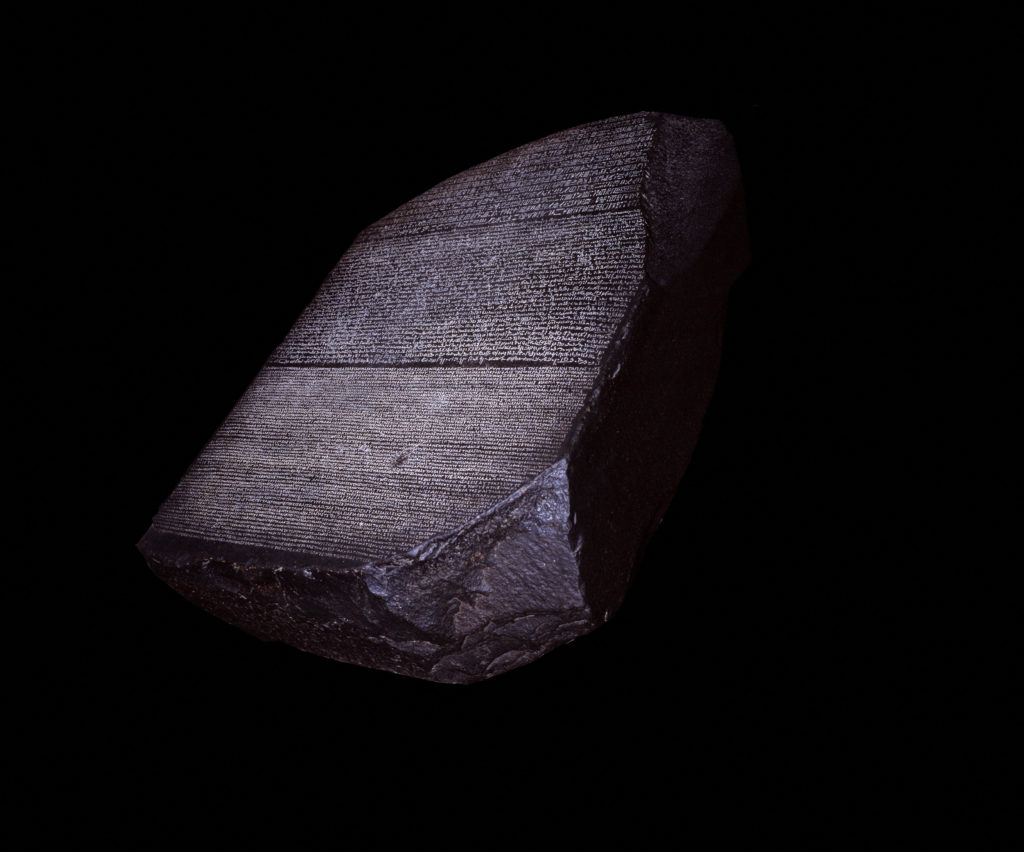Cairo – The National Museum of Egyptian Civilization in Al-Fustat, Cairo, is organizing a series of heritage, cultural and educational activities for visitors of different age groups, under the title Tales and Secrets. This is part of the celebration of the 200th anniversary of deciphering the ancient Egyptian writing and the emergence of Egyptolog, which falls on September 27. Pictured, the original Rosetta stone in the British Museum in London.
Maysara Abdullah, vice president of the Museum Authority for Archaeological Affairs, said that the museum will hold a series of events and activities to celebrate this occasion, which highlights the greatness of the ancient Egyptian civilization and its features and characteristics that made it one of the most important and greatest civilizations in the world.
Abdullah pointed out that the museum is currently displaying a replica of the Rosetta Stone for the first time to allow museum visitors to learn about the story of its discovery and the archaeological and historical value of the stone as one of the main keys that helped decipher the ancient Egyptian language, thus allowing the emergence of the Egyptian archaeology.
Rosetta Stone
The Rosetta Stone was discovered in July 1799 when an officer of the French expedition found it at Qaitbay Castle in the city of Rashid. On September 27, 1822, French archaeologist Jean-Francois Champollion was able to decipher the mystery of the stone and correctly read the ancient Egyptian signs, which resulted on the establishment of Egyptology.
As part of the celebrations of the 200th anniversary of Egyptology and the decipherment of the Rosetta Stone, the Ministry of Tourism and Antiquities has also kickstarted the “Learn about Your Governorate’s Treasures” campaign, highlighting the most important artifacts discovered in each Egyptian governorate, as well as the “Ancient Egyptian Language” campaign, where people can learn more about hieroglyphics and how to read them.
*Translated by Yara Osman and Guilherme Miranda




